With our recovery sluggish and our politics in rancorous free fall, the U.S. is on a desperate search to create jobs in the near term and retool the economy for the long haul. As Dorothy found in The Wizard of Oz, the answers surprisingly lie no farther away than home, or more precisely, the top 100 cities and their environs — the major metros — where most Americans live, work and play.
If we unleash the energies in our metros, we can compete with anyone. Our 100 largest metropolitan areas constitute a new economic geography, seamlessly integrating cities and suburbs, exurbs and rural towns. Together, they house almost two-thirds of our population, generate 74% of our gross domestic product (GDP) and disproportionately concentrate the assets that drive economic success: patents, advanced research and venture capital, college graduates and Ph.D.s, and air, rail and sea hubs.
Watch Bruce Katz’s Video Commentary »
This intense concentration is the magic elixir of modern economies. It explains why Silicon Valley and Boston lead the world in technological innovation, why San Diego and Indianapolis are global players in life sciences and why Wichita, Kans., and Portland, Ore., specialize in advanced manufacturing and exports. This dynamic holds not only for the U.S. but also around the globe. The rise of Brazil, India and China is a direct product of their rapid urbanization and the growth of supersize metro economies like São Paulo, Mumbai and Shanghai.
We mythologize the benefits of small-town America, but it’s the major metros that make the country thrive. Why? When cities collect networks of entrepreneurial firms, smart people, universities and other supporting institutions in close proximity, incredible things happen. People engage. Specializations converge. Ideas collide and flourish. New inventions and processes emerge in research labs and on factory floors. New products and companies follow. As Henry Cisneros, former U.S. Secretary of Housing and Urban Development, likes to say, “Cities are places where two plus two equals five.”
The U.S. needs its metro powerhouses as it makes a painful transition from an economy fueled by debt, speculation and excess consumption to one in which we grow in productive, sustainable and inclusive ways. A chorus of business leaders, including Bill Gates, Andy Grove and Jeff Immelt, as well as leading economists, has called for a new American economy. It’s an economy driven by exports, to take advantage of rising global demand. It’s powered by low carbon, to lead the clean-energy revolution. It’s fueled by innovation, to spur growth through ideas. And it’s rich with opportunity, to reverse the troubling, decades-long rise in income inequality.
By making smart investments and managing for growth as opposed to maintenance, our major cities and metro areas can lead this transformation. The San Diego region shows how. In 1985 an energetic nonprofit called Connect sprang up to link the scientists and inventors at top research institutions — including the University of California at San Diego, the Salk Institute and the Sanford-Burnham Medical Research Institute — with investors, advisers and support services so their new ideas could become new products and companies.
The inventive brew that Connect fermented has made San Diego home to a cluster of life-sciences and technology companies such as Qualcomm, Biogen Idec, Life Technologies and Gen-Probe. New York City has had its eye on San Diego’s success and announced its own undertaking in February. San Diego Mayor Jerry Sanders says, “When we emerged out of the period when the defense industry left San Diego, Connect was there. They helped to create eight clusters of technology that have been employment drivers in San Diego, and we’ve been able to build on that ever since.” In terms of jobs, the region’s technology sector has fared better in this recession than its broader economy.
Yet the U.S. has been slow to recognize and build on the power of its metropolitan economic engines. A powerful segment of our popular culture and political leadership still paints us into the corner of quaint small towns rather than embracing a network of dominant metro economies. A closer look shows that prosperous small towns are most often suburbs of major cities, and metros generate the majority of GDP in 47 of the 50 states, including such “rural” states as Nebraska, Iowa, Kansas and Arkansas.
For decades, however, the federal government has treated cities like disaster zones, pursuing urban policies devoted to subsidized housing and tax incentives to revitalize inner-city neighborhoods rather than creating policies that, for example, support powerful and promising industry clusters. There has been major improvement under the Obama Administration, but old habits die hard, and legacy interventions still get more support than new approaches.
If the federal government is outmoded in its approach, states are often openly hostile to their major cities. Greater Chicago contains 67% of the residents of Illinois and generates 78% of the state’s economic output. But Illinois has pursued transportation and infrastructure policies that divert tax revenue from Chicago to subsidize inefficient investments in the rest of the state. By contrast, our competitors understand that prosperity in this century will come via the distinct assets and attributes of their metro engines. Germany, China and Brazil are investing in wholesale change through advanced research, renewable energy, modern ports, high-speed rail and urban transit in Munich, Shanghai and São Paulo — the metros that drive their economies. We must do the same.
Here’s how:
First, we should stop refueling the old economy’s bad habits. Why, for example, provide huge tax subsidies for consuming more and more expensive housing? Incredibly, the amount of revenue the government forgoes because of the mortgage-interest deduction is projected to grow from $79 billion in the 2009 fiscal year to $150 billion in 2015. What if we capped these write-offs at the current level and directed half the recaptured revenue to reducing the federal deficit and the other half — roughly $25 billion a year — to efforts that grow exports?
Second, we should start investing to help American businesses innovate and have access to a world-class infrastructure that connects them with global markets. For example, the federal government can invest in new-energy-discovery institutes to develop breakthrough technologies that will be in demand in a low-carbon world, like solar power that’s cheaper to generate and deliver than fossil fuels. Washington should also create a national-infrastructure bank to help finance projects that are too complex to be paid for in conventional ways and too important to defer. Think port infrastructure in global-trade gateways like Los Angeles or freight corridors in and around Chicago.
Finally, let’s challenge every metro area to meet and exceed the national goal of doubling exports. Instead of subsidizing businesses to move across municipal lines — a complete waste of taxpayer dollars — cities and suburbs need to team up with businesses to devise export initiatives that build on their metro’s distinctive position in the market. We can’t as a nation double exports unless our metros and their businesses (both large and small) do.
America’s cities are its centers for talent, capital and innovation. They are our hubs for trade, commerce and migration. With market-based incentives and the proper business climate, they can be unparalleled engines for the next spurt of American growth and prosperity. If our political leaders can put aside rancor, habit and outdated ideas about what kind of nation we are and should be, we can find success not over the rainbow but in our very own metros.
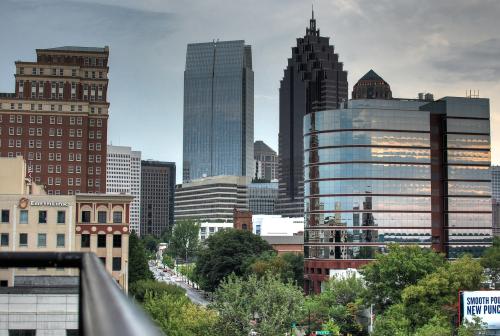

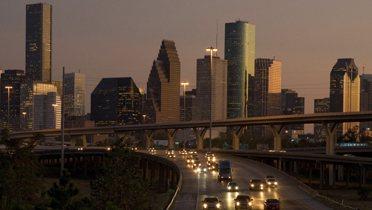
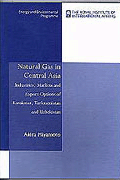
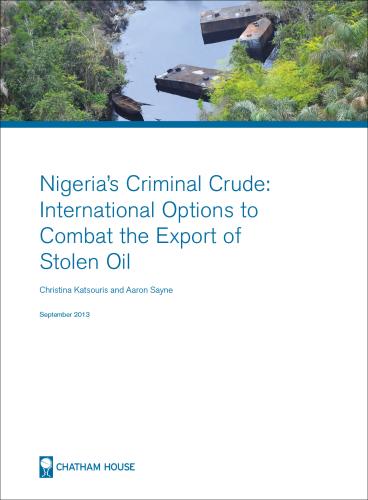
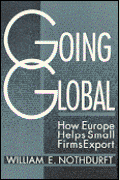



Commentary
City Centered: Investing in Metropolitan Areas to Build the Next Economy
October 21, 2010